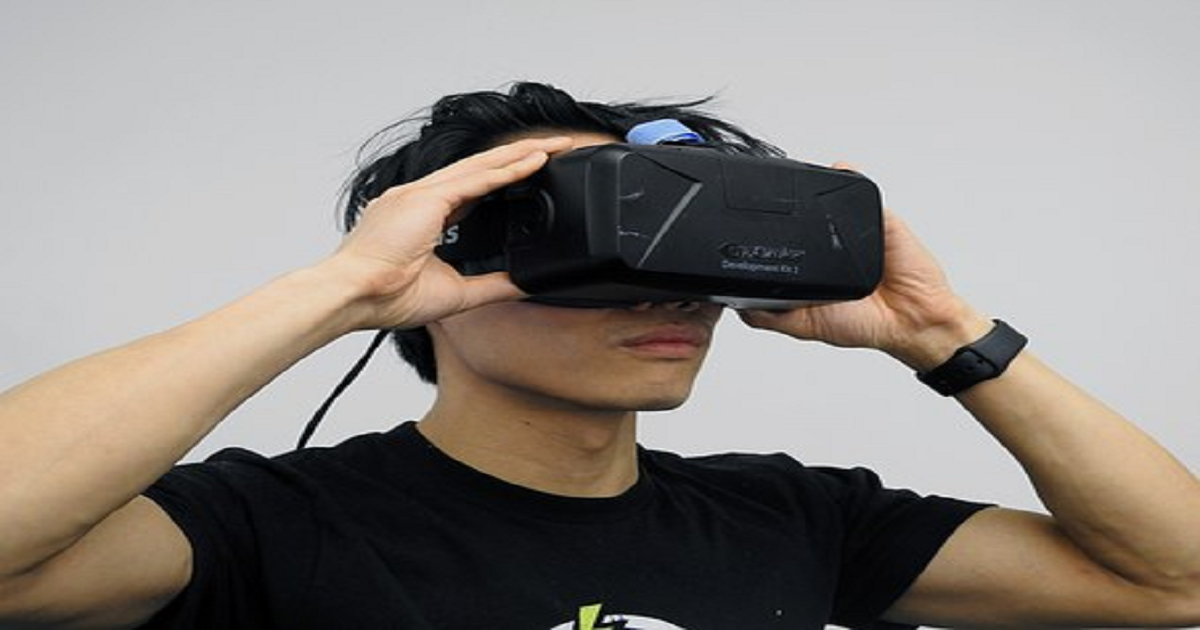HOW STUDENTS CAN USE VR TO EXPLORE CAREER PATHWAYS
Thetechedvocate | February 18, 2019

With nearly 70% of Americans feeling less than satisfied with their career choices, it’s no wonder that analysis paralysis can prevent high school and university students from deciding on the career path that’s right for them.Students who don’t understand what’s involved in a chosen career may find themselves in the group of Americans disillusioned with their jobs and careers. Wouldn’t it be better if an aspiring doctor discovered sooner than later that their real passion consisted of cutting-edge research rather than working with patients?In the past, students explored potential careers by picking several pathways and researching the answers to questions like what education is required, how long it takes to complete the degree, and what kind of money they can expect to make. Versatility is what makes AR and VR technology attractive to schools and the students using it. Most tech equipment has multiple uses in a classroom.Goggles, for instance, can be used to explore a variety of CTE career pathways, such as practicing welding techniques or conducting chemistry experiments. Students get hands-on experience, and the school can provide diverse experiences without the prohibitive costs of setting up individual workspaces for each pathway.AR and VR can help schools maximize course content and offer career exploration.